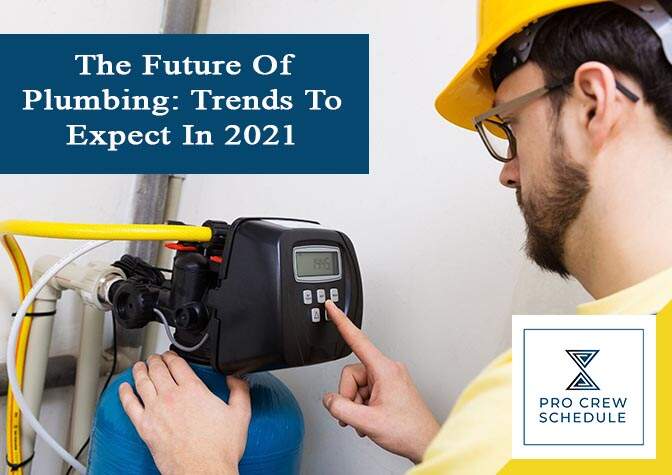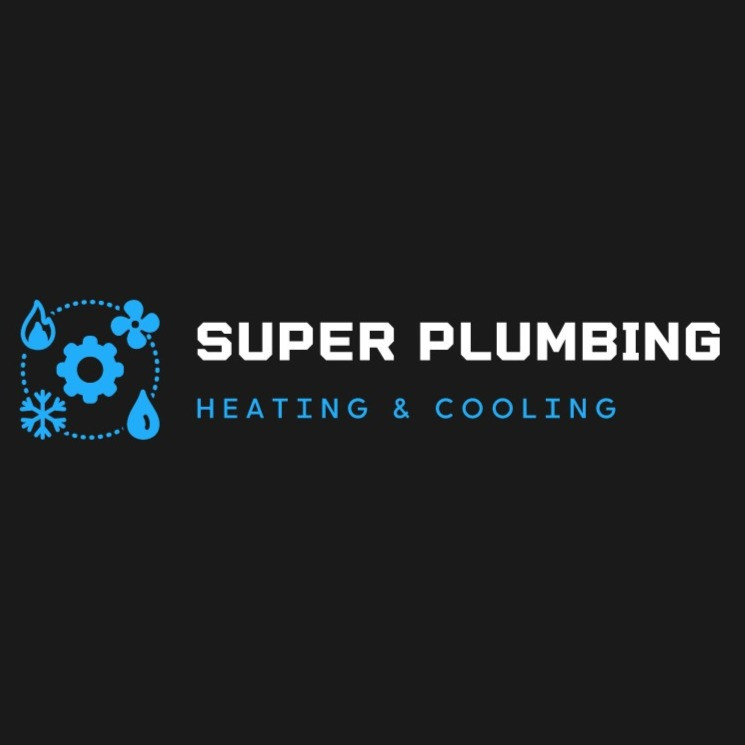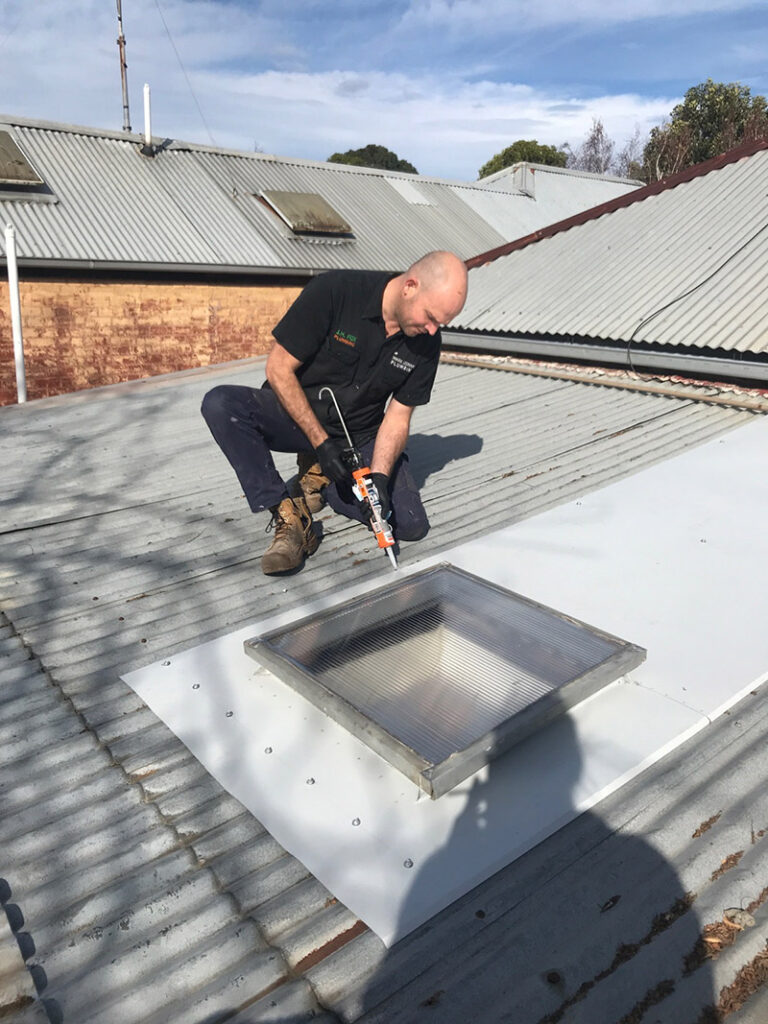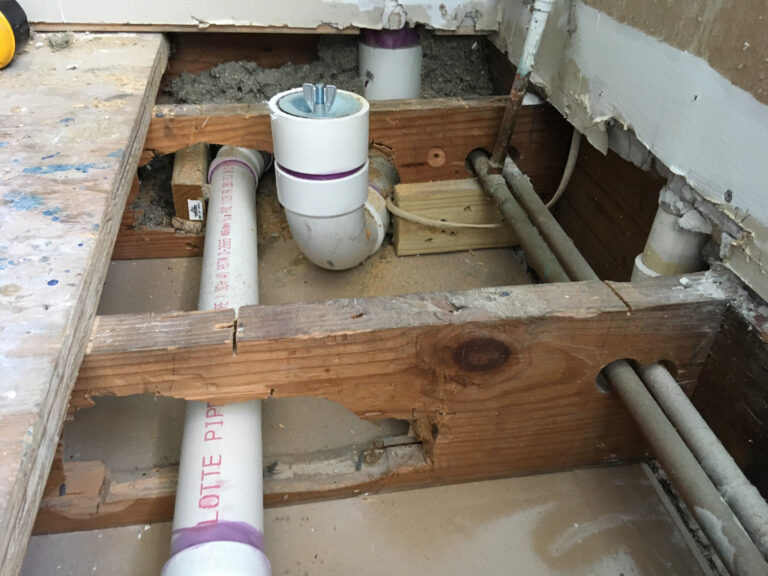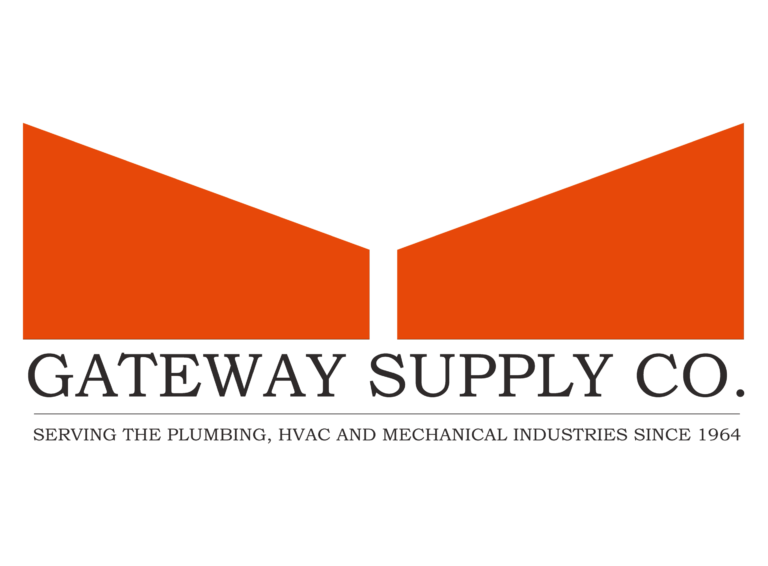What Is Control Valve Leakage?
A control valve leakage is the amount of fluid that passes through the valve when the valve is closed. It is important to ensure that the valve is properly functioning, as a leaky valve can cause a variety of problems. Control valves are used to control the flow of liquid or gas, and they are typically used for regulating flow, pressure, and temperature in industrial and commercial applications. Control valve leakage can be caused by several different factors, such as the valve design, the material it is made from, or the environment in which it is used. It is important to test and monitor control valve leakage to ensure that it is within the desired range.
Definition of Control Valve Leakage
Control valve leakage is the amount of fluid that leaks past the valve stem or disc when it is in a closed position. This leakage can be either external or internal, depending on the type of valve. External leakage occurs when the valve stem or disc is not completely sealed off from the surrounding environment, allowing fluid to escape. Internal leakage occurs when the valve stem or disc is not completely seated, allowing fluid to escape through the gaps between the stem and disc. Both types of leakage can cause pressure drops, inefficient operation, and even hazardous situations depending on the type of fluid being used. It is important to understand control valve leakage and ensure that it is addressed to prevent any potential issues.
Causes of Control Valve Leakage
Valve leakage is a common problem experienced by those who use control valves in various industrial and commercial applications. Control valve leakage can cause significant problems with the performance of the system, resulting in decreased efficiency and increased costs. Fortunately, understanding the causes of control valve leakage can help you identify the problem and take the necessary steps to prevent it.
The main causes of control valve leakage are material failure, mechanical failure, and improper installation. Material failure results in a weakened valve body, while mechanical failure can be caused by misalignment or a worn-out valve stem. Improper installation, on the other hand, can lead to a loose or cracked valve body. Other causes of control valve leakage include corrosion, incorrect valve sizing, inadequate pressure, and poor maintenance.
To prevent control valve leakage, it is important to regularly inspect and maintain the control valve, and ensure that it is properly installed and sized. It is also important to use valves made of materials that are resistant to corrosion, such as stainless steel, and to ensure the system is properly pressurized. Lastly, it is important to use high-quality control valves that are designed for precise control and long-term durability.
Impact of Control Valve Leakage
Control valve leakage is an issue that can have a major impact on industrial processes. This type of leakage, which occurs when a control valve does not close completely, can cause a significant decrease in system efficiency and safety. It can also lead to increased energy costs and a decrease in product quality. In extreme cases, control valve leakage can even cause permanent damage to equipment and machinery. To minimize the risks associated with control valve leakage, it is important to be aware of the causes and to take steps to prevent it from occurring.
The most common cause of control valve leakage is improper installation. If a control valve is not installed correctly, it can lead to fluid leakage from the valve. This can lead to a decrease in system efficiency and an increase in energy costs. Additionally, it can cause a decrease in product quality and a decrease in safety. To prevent this type of leakage, it is important to ensure that the valve is installed correctly and that all seals are properly tightened.
Another cause of control valve leakage is wear and tear. Over time, the valve may begin to leak due to wear and tear on the seals and other components. This can lead to a decrease in system efficiency and an increase in energy costs. To prevent this type of leakage, it is important to regularly inspect the valve and replace any worn components.
Finally, control valve leakage can also be caused by a decrease in pressure. When the pressure inside the system decreases, the valve may not be able to close completely, leading to leakage. To prevent this type of leakage, it is important to ensure that the pressure in the system is maintained at an appropriate level.
Control valve leakage can have a major impact on industrial processes. To prevent this type of leakage, it is important to be aware of the causes and to take steps to prevent it from occurring. It is also important to regularly inspect the valve and replace any worn components. Finally, it is important to ensure that the pressure in the system is maintained at an appropriate level. By taking these steps, it is possible to minimize the risks associated with control valve leakage.

Techniques to Test and Measure Control Valve Leakage
Control valves are critical components in any industrial process. As such, it is important to be able to accurately test and measure the control valve leakage rate. To do so, several methods can be employed. The most common include pressure decay, mass flow, and total leakage methods.
The pressure decay method measures the pressure drop across the valve with a flow rate of zero. This method is simple, easy, and cost-effective, but the accuracy of the results is limited. The mass flow method is the most accurate of the three, but also the most expensive. It measures the mass flow rate through the valve at a given pressure differential.
The total leakage method is a combination of the pressure decay and mass flow methods. It measures the mass flow rate through the valve at a given pressure differential and the pressure drops across the valve with a flow rate of zero. This method is a good compromise between accuracy and affordability.
In addition to these methods, several other techniques can be used to measure the control valve leakage rate. These include the bubble test, the sonic noise method, and the acoustic emission technique. Each technique has its advantages and disadvantages, so it is important to understand which method is best suited for the application in question.
At the end of the day, testing and measuring control valve leakage rate is essential for the proper operation and maintenance of industrial processes. The choice of technique will depend on the application, budget, and desired accuracy. However, with the right method, accurate and reliable results can be achieved.
Strategies to Reduce Control Valve Leakage
Control valve leakage is a common issue that can lead to inefficient use of energy, decreased system performance, and increased maintenance costs. Control valve leakage occurs when the valve does not close completely, resulting in a loss of pressure or flow. To ensure optimal performance, it is important to reduce control valve leakage as much as possible. Here are some strategies to reduce control valve leakage:
1. Regular Maintenance: Regular maintenance can help to reduce control valve leakage by ensuring that the valve is functioning correctly. This includes checking for signs of wear and tear, inspecting the seals, and replacing any worn components.
2. Improve System Design: Poor system design can lead to excessive valve leakage. To reduce this, ensure that the system design includes appropriate control valves that are sized correctly for the application.
3. Increase Valve Sealing Force: Increasing the sealing force of the valve can help to reduce leakage. This can be achieved by modifying the valve design, adding a tighter seal, or using a higher-pressure system.
4. Install an Isolation Valve: Installing an isolation valve can help to reduce valve leakage by providing an additional barrier between the system and the valve. This will prevent any pressure or flow from escaping through the valve.
By implementing the strategies outlined above, you can reduce control valve leakage and improve the overall performance of the system. Regular maintenance, improved system design, increased sealing force, and the installation of an isolation valve are all effective methods for reducing control valve leakage.
Benefits of Minimizing Control Valve Leakage
Control valves are essential components in any piping system, allowing the flow of media to be adjusted or modulated for the desired output. While control valves can help maintain the desired output of a system, they can also cause losses in system efficiency due to leakage. Leakage can affect the amount of pressure that needs to be applied to the system, the amount of energy needed to power the system, and the safety of the system overall. To ensure maximum efficiency, it is important to understand the benefits of minimizing control valve leakage.
Minimizing control valve leakage can reduce operating costs by reducing the amount of energy needed to power the system. Decreased leakage also reduces the amount of pressure needed to move the media, which in turn reduces the strain on the system and increases the lifespan of the equipment. Additionally, minimizing control valve leakage can increase the safety of the system, as it reduces the risk of hazardous materials leaking into the environment.
Ultimately, understanding the benefits of minimizing control valve leakage is essential for ensuring optimal system performance and safety. By understanding how minimizing control valve leakage can reduce operating costs, increase the lifespan of the system, and improve safety, it is possible to make informed decisions to ensure the best system performance.
FAQs About the What Is Control Valve Leakage?
Q1: How can I identify a control valve leakage?
A1: Control valve leakage is usually identified by the presence of a slow or steady flow of fluid past the valve’s closed position. This flow rate is usually measured by a flow meter.
Q2: What are the consequences of control valve leakage?
A2: The consequences of control valve leakage can include reduced system efficiency, loss of control, and a decrease in system performance. In addition, control valve leakage can lead to increased noise levels, vibration, and excessive wear and tear on the system components.
Q3: What type of maintenance is required to prevent control valve leakage?
A3: Regular maintenance is necessary to ensure that control valves are in good working order and are not leaking. This includes regular inspections and tests to check for any signs of leakage or other damage. Additionally, any components that come into contact with the control valves should be regularly inspected and replaced if necessary.
Conclusion
Overall, control valve leakage is a critical issue that must be addressed to ensure the proper functioning of a system. It is important to regularly inspect and maintain control valves to prevent any potential problems, such as leakage or malfunctions, that could cause a system to malfunction. If not corrected, control valve leakage can cause serious damage to the system and increase the risk of costly repairs. By understanding what control valve leakage is and how to prevent it, you can ensure that your system is working properly and efficiently.


